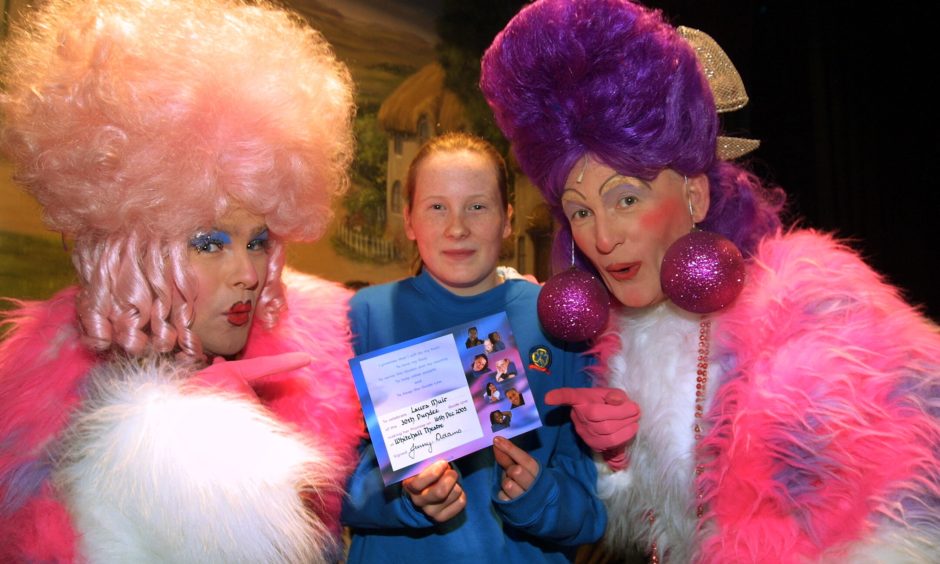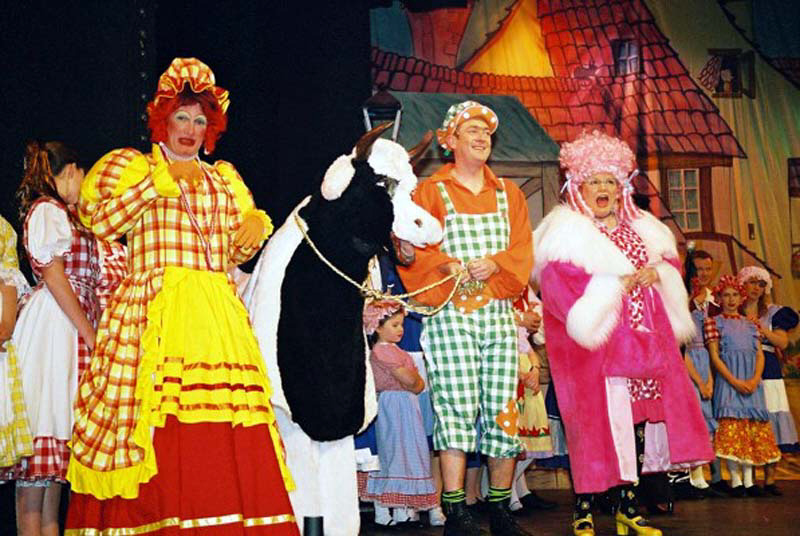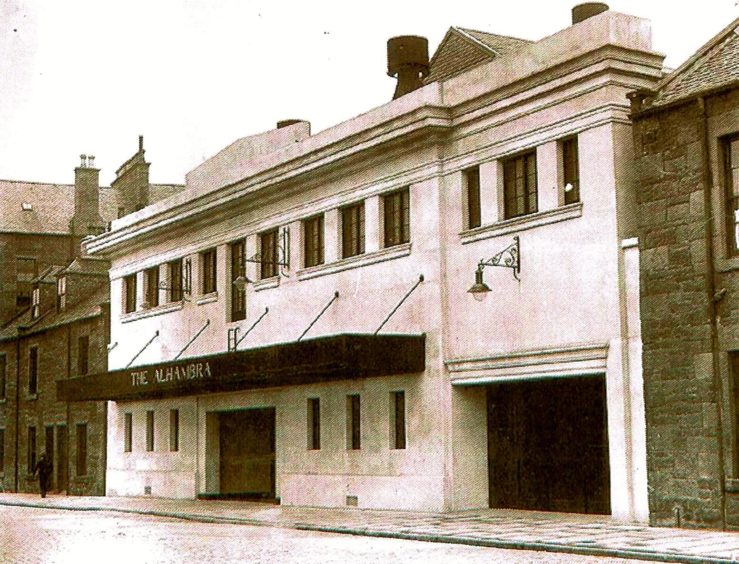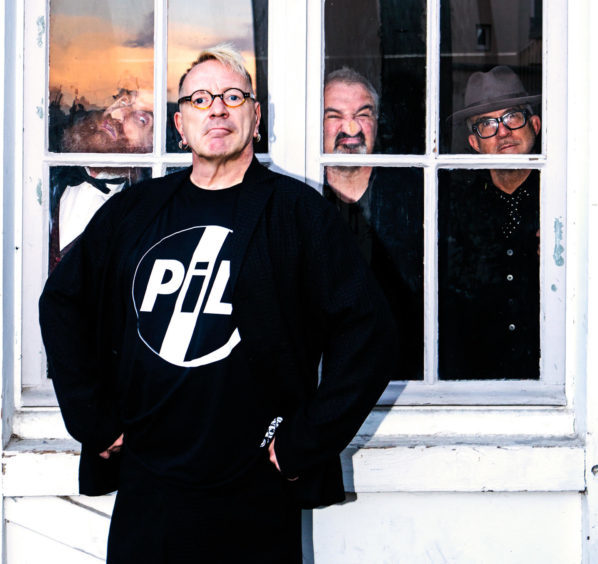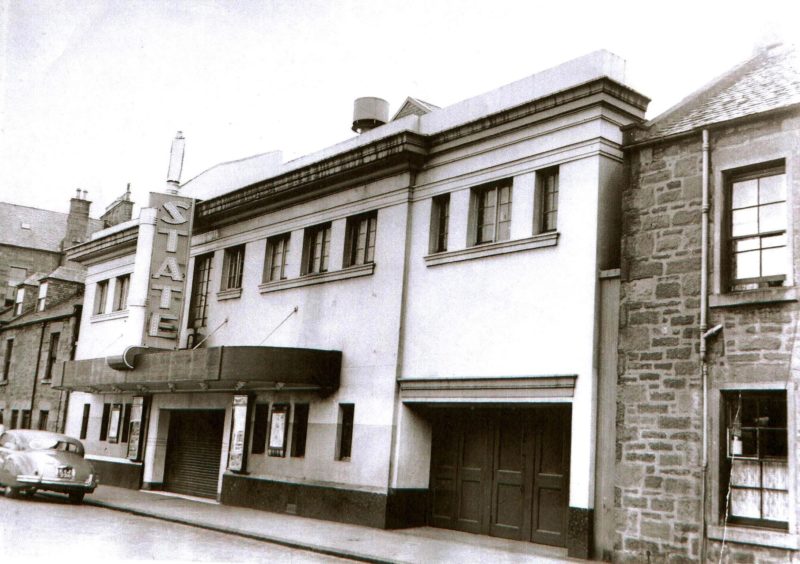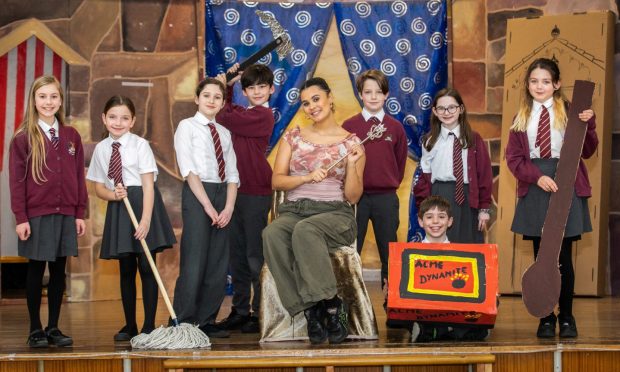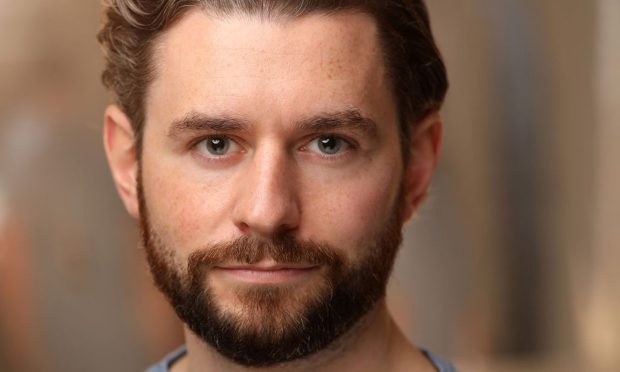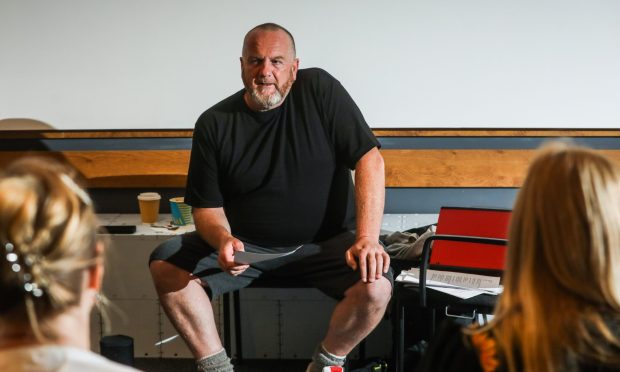As the Whitehall Theatre in Dundee celebrates its 50th anniversary on Friday November 29, Michael Alexander speaks to some of its stalwarts and discovers that, despite a few bumps in the road, the institution is still going strong.
Downfield Musical Society (DMS) stalwart Roger Buist was 10-years-old when he first became interested in theatre and set up his own puppet theatre.
But while the 78-year-old former DC Thomson & Co Ltd case room worker affectionately refers to DMS as his “home”, it wouldn’t have been possible without the amateur society being able to base itself at Dundee’s Whitehall Theatre.
On Friday November 29, when friendly rivalries between Dundee’s amateur musical and operatic societies are put aside in a special show to celebrate the 50th anniversary of the theatre, Roger will reprise his role as a panto dame which he played at the Whitehall with DMS for over 40 years.
He laughs when he recalls the time he lost his wig during a show and another time when his bustle became stuck in a cane chair causing great hilarity for the audience.
However, what’s been consistent since he starred as the Red Shadow in Desert Song back in 1971 is that the Whitehall has been his theatrical home.
“We used to appear in the Palace Theatre, immediately behind the Queen’s Hotel,” recalled Roger of Broughty Ferry who is a Scottish regional rep for the National Operatic and Dramatic Association (NODA) and a former Downfield director.
“All the societies used to produce in there – many which no longer exist – then in came bingo! The Palace became a bingo theatre. The amateurs did not have a place to produce and perform their shows. The council got hold of the old Alhambra picture house. Dundee’s Lord Provost at the time (Alex McKenzie) lived in Whitehall Crescent. So they renamed it the Whitehall Theatre!”
Roger, who is also a founder of the Thomson-Leng Musical Society, recalls that when they first started using the Whitehall it was “adequate” – with a few other surprises.
“It had dressing rooms,” he said. “The toilets were toilets. But when you went into the Caley Hall which joined on next door it was a partitioned dressing room – and it had no roof on it. It was open to pigeons!”
Roger explained that despite all the efforts of manager Stuart Pearce back in the day, the Whitehall became a financial burden to the local authority and it closed in 1982.
It was an opportunity for local amateur societies to come together, however, to take over the theatre and manage it themselves.
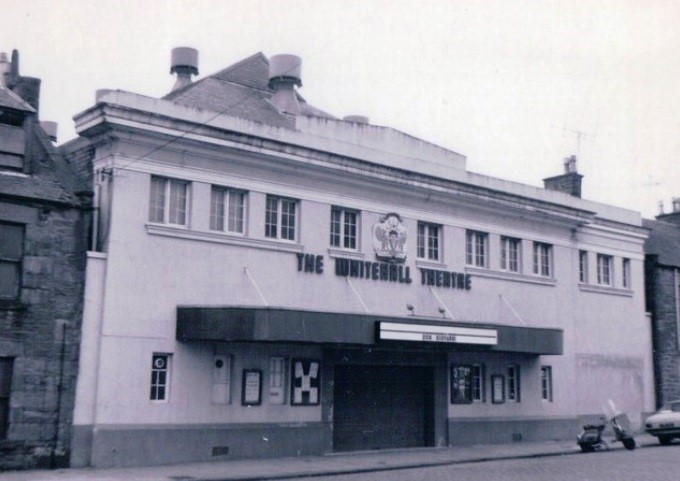
In the 50th anniversary programme for tonight’s show, Dundee theatre stalwart and retired solicitor Norman Robertson explains that the takeover was prompted by the late Bill Crowe who contacted businessmen in the city and the representatives of local amateur musical societies to raise funds for the purchase of the building.
The keys were received on November 30 1982 and the Whitehall Theatre reopened shortly afterwards.
“The societies using the Whitehall Theatre at that time were Broughty Ferry Amateur Operatic Society, Downfield Musical Society, Dundee Operatic Society, Dundee University Operatic Society, Margaret Mather Junior Showtime, Dundee Scout Gang Show, Tayport Amateur Musical Society and Thomson Leng Musical Society, “explained Norman.
“In addition to these groups every opportunity was taken to encourage professional performers to use the theatre. This was done mainly on a rental basis rather than a percentage of the takings. Then, as now, tribute bands were attracted to the theatre as were many other varied performers.”
High profile acts viditing over the years have included Alan Cumming, John Lydon, Paul Gascoigne and the Bay City Rollers.
Norman explained, however, that in 2011, the trading company ran into financial difficulties and the theatre had to again close down for a short period.
“Ex-Lord Provost John Letford, with help from the local authority and others, put the theatre back on its feet over the next two years,” added Norman.
“Following this Lina Waghorn, Graeme Smith and Kenny Christie, all dedicated and experienced in theatre, took over the management of the Whitehall Theatre. Their efforts have raised the profile and finances of the theatre, which has also benefited from good houses, allowing improvements to be made to the building and equipment.
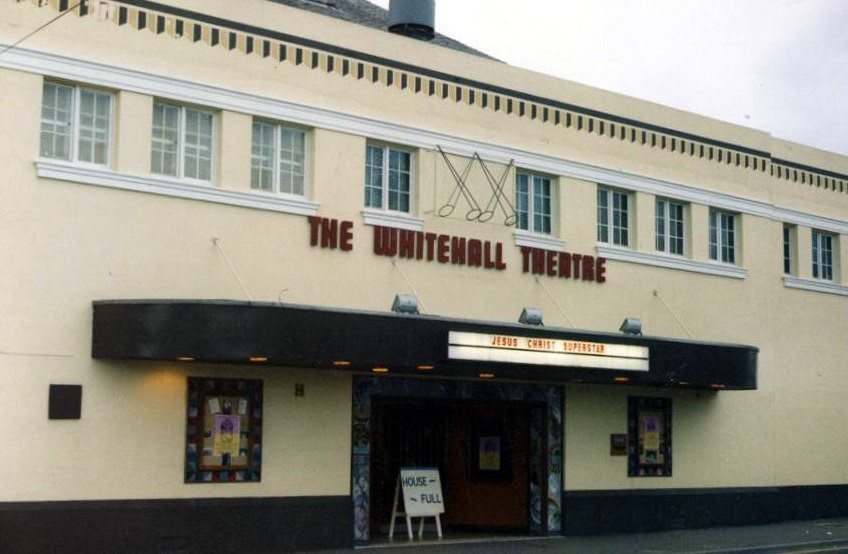
“Not only has the auditorium been upgraded but the front-of-house and backstage, which houses the artistes’ dressing rooms, have been greatly done up much to the appreciation of their users.
“The bar was extended and modernised and named after the Pennycook family who had owned the building in the 1940s and 50s when it was the State Cinema. The bar has proved to be a huge success. Recently the former upper floor bar has been refurbished and has been called the Alhambra to acknowledge the first name of the building.”
Dundee Whitehall Theatre chairman Kenny Christie said: “The success of the Whitehall Theatre project is not measured by the fact that the bricks and mortar are still in place 50 years on but by the community it has created. A community thriving with people of all ages enjoying participating in watching or supporting live theatre and performance.”
TIMELINE
1890s – The 1,100-capacity Alhambra Theatre is established in Bellfield Street by John Young, staging variety, pantomime and drama.
1906 – Yorkshire-born fairground family member Arthur Henderson, who settled in Dundee with his resident company of players, built what was probably Dundee’s first cinema building in Wellington Street.
1927 – Henderson takes over the Alhambra and commissions architect Frank Thomson to redesign it.
1929 – The Alhambra Picture House opened at 12 Bellfield Street with seating for 1,039 people – showing films and staging plays, revues and musicals throughout the 1930s.
1940 – Henderson sells the Alhambra and it became the fulltime State Cinema
1969 – Dundee Council bought the premises and altered them to become a civic community theatre. The Whitehall Theatre opened with gala evening of Gilbert and Sullivan with Broughty Ferry Amateur Operatic Society the first amateur company to put on a show with The Yeoman of the Guard.
1982 – Council closed the theatre but local societies raised the £50,000 to purchase and upgrade it, re-opening as a charity under new ownership of the Whitehall Theatre Trust.
2013 – After short period of insolvency, the trust secured the future of the theatre. It’s been controlled by the Dundee Whitehall Theatre Company Ltd since.
